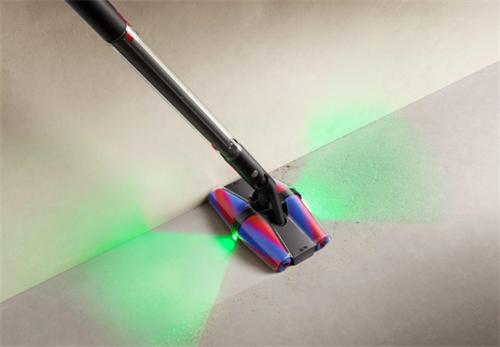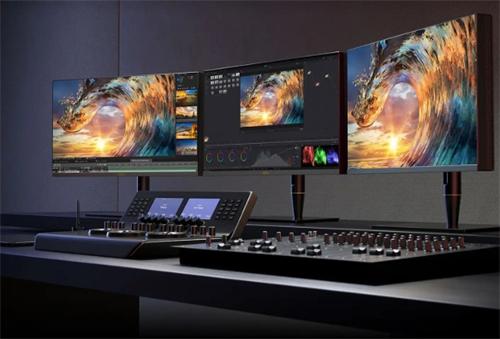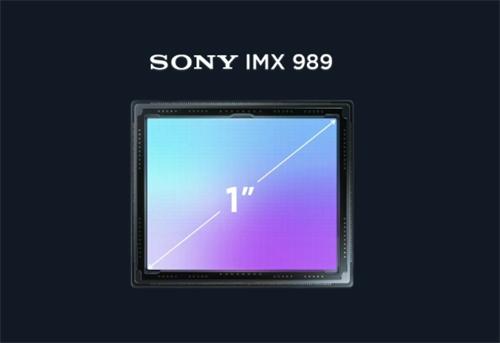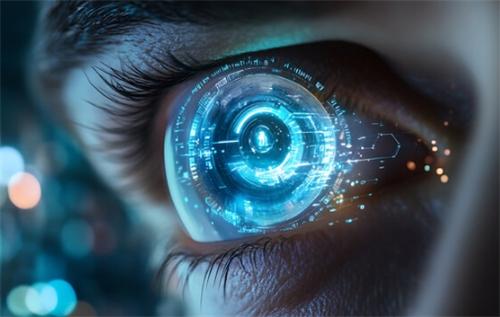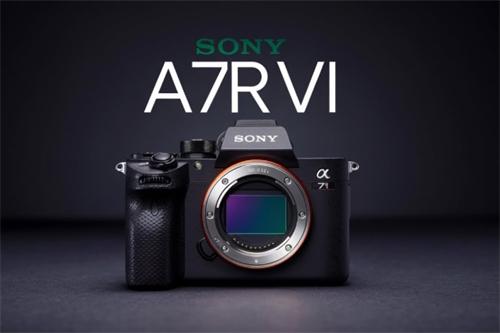Invisible AR glasses: Zero-distance contact between technology and the eyeball
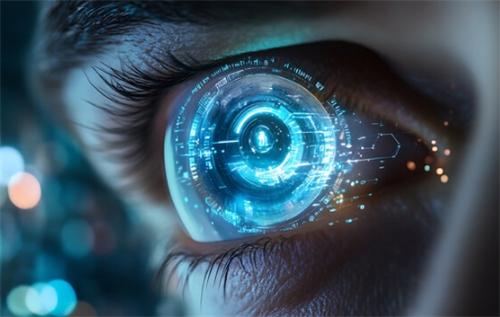
Imagine checking the weather, navigating directions, or translating languages in real time—all with just a blink. This isn’t science fiction—it’s a technological revolution in the making. With companies like Mojo Vision and InWith entering the race, invisible AR contact lenses are evolving from concept to reality, quietly ushering in a radical transformation in human-computer interaction.
From Glasses to Corneas: The Ultimate Form of AR
Traditional AR glasses often conjure images of bulky frames and awkward display modules. In contrast, AR contact lenses completely reimagine this experience. U.S. startup Mojo Vision stunned audiences at CES 2021 by winning the "Last Gadget Standing" award for its AR contact lens prototype. The lens integrates a 0.48 mm MicroLED display—smaller than a grain of salt—directly into a contact lens, projecting text, images, and other data directly onto the retina.
“We're not just building a product—we're inventing a new way to experience vision,” said the founder of Mojo Vision. Since its founding in 2015, the company has raised $159 million from investors including Google’s Gradient Ventures. Its bold concept of "invisible computing" aims to embed smart computing power directly into the user's retina.
Engineering Breakthroughs: Precision Beyond Imagination
Microdisplay technology: The Mojo Lens uses a MicroLED display smaller than a grain of salt, yet sharp enough for clear visuals.
To address issues of breathability and wearability, Japanese contact lens leader Menicon has partnered on the project, bringing its expertise in material science.
Even more impressive, the lens includes eye-tracking sensors and a retinal camera—not only enabling AR functions, but also monitoring eye health and potentially aiding people with vision impairments.
Health Concerns: Balancing Innovation and Biology
Despite the excitement, eye care professionals urge caution. Issues like corneal hypoxia, nerve damage, and long-term wear effects remain unresolved. “No matter how advanced the technology, it can’t violate basic human physiology,” warned ophthalmologist Dr. Matthew Feng.
Mojo Vision has responded by working closely with the U.S. FDA to ensure safety and is exploring removable designs, so users can care for them like conventional contact lenses.
A Crowded Race: New Players Heat Up the Market
As Mojo Vision steadily progresses, newcomer InWith gained recognition at CES 2021 by introducing its hydrogel electronic contact lens. Claiming to be the first to embed display circuitry into soft lenses, InWith is partnering with Bausch + Lomb and aims to launch a commercial product by 2026.
Meanwhile, deep-tech startup XPANCEO made waves at AWE Asia 2024 by showcasing five AR contact lens prototypes, including a version designed to enhance color perception for people with color blindness.
2026: A Pivotal Year for the Industry
The road ahead is not without setbacks—Mojo Vision, for instance, once paused development due to funding issues.Compared to bulky headsets, these nearly invisible devices align more closely with the ultimate vision of augmented reality.
As 2026 approaches, we may be on the brink of a new era—where blinking accesses information, and eye movement controls digital interfaces. The fusion of technology and humanity is about to become more intimate than ever before.
Recommended for you:
